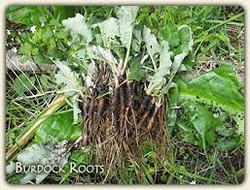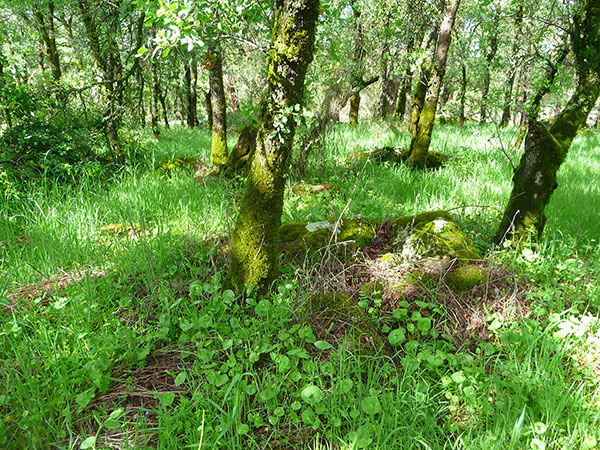Knowing the common edible wild plants in your area is always a plus for survival. One big reason is that they are free and grow wild. Second most people think they are weeds and ignore them.
Now trying to live off edible plants by themselves can be a big mistake. See my post Living Off the Land and Foraging for Calories. This will tell you that to get enough calories to survive long term you need protein from things that move (animals, bugs etc.) or nuts. However, this does not mean that edible plants are useless, they provide some calories, much needed nutrition, and variety in your diet.
Poisonous plants are always a problem and there are a small percentage of plants that are deadly enough to kill you. Start out by learning these first. If you learn the poisonous plants, it makes learning edibles easy, because you’ve already eliminated the deadly ones.

I have always found that the best place to start is to find a book that covers the common edible wild plants in the area in which you live or plan to be in. These are usually published by a local author and can be found in colleges or small bookshops. The military manuals while many of them are quite good are not the best for learning about plants in your area. They cover too much of the world.
Learn your plants now and don’t wait until you need then to survive. Now you have time to be sure of their identity and this can prevent you from some unpleasant symptoms. If you start out learning which of the following wild edible plants grow in your area and how to identify them you will be off to a good start.
40 Most Common Edible Wild Plants in North America
- Acorns (Quercus) Techically a nut and high in calories.
- Amaranth (Amaranthus retroflexus and other species)
- American Elderberry (Sambucus Canadensis)
- Asparagus (Asparagus officinalis)
- Blackberries (Rubus spp.)
- Blueberries (Vaccinium corymbosum)
- Bull Thistle (Circium vulgare)
- Burdock (Arctium minus)
- Camas (Camassia quamash)
- Cattail (Typha)Camas (Camassia quamash)
- Chickweed (Stellaria media)Chicory (Cichorium intybus)
- Chicory (Cichorium intybus)
- Cow Parsnip (Heracleum lanatum)
- Curled Dock (Rumex crispus)
- Dandelion (Taraxacum officinale)
- Fireweed (Epilobium angustifolium)
- Garlic Mustard (Alliaria petiolata)
- Jerusalem Artichoke (Helianthus tuberosus
- Lambsquarters (Chenopodium album)
- Milkweed (Asclepias syriaca)
- Miner’s lettuce (Claytonia perfoliata)
- Plantain (Plantago major)
- Prickly Pear Cactus (Opuntia)
- Purslane (Portulaca oleracea)
- Red Clover (Trifolium pretense)
- Salsify (Tragopogon porrifolius)
- Sheep Sorrel (Rumex acetosella)
- Stinging Nettle (Urtica dioica)
- Sunflower (Helianthus annuus)
- Violets (Viola sp.)
- Western Dock (Rumex occidentalis)
- White Mustard (Synapsis alba)
- Wild Garlic (Allium ursinum)
- Wild Ginger (Asarum caudatum)
- Wild Mint (Mentha arvensis)
- Wild Onion (Allium bisceptrum)
- Wild Rose (Rosa sp.)
- Wild Sarsaparilla (Aralia nudicaulis)
- Wood Sorrel (Oxalis)
- Wild Strawberry (Fragaria virginiana)
Learning wild edible plants can be a time consuming project, but can pay big dividends in the end by improving your diet in an emergency situation.
Howard


Thanks for this post. I tried the card things, but they weren’t clear enough to help me. I’ll try the local Ag center.
An old bachelor friend of mine established a trail around his property and planted many edible and medicinal plants in differing locations. Many of the plants listed above could be found along the trail in appropriate locations. Though he planted many of these in patches, trails branched off to natural brush and trees which provided nuts and berries in their native settings. Easy to do. Minimal care.
looking for printable versions of edible plants in color